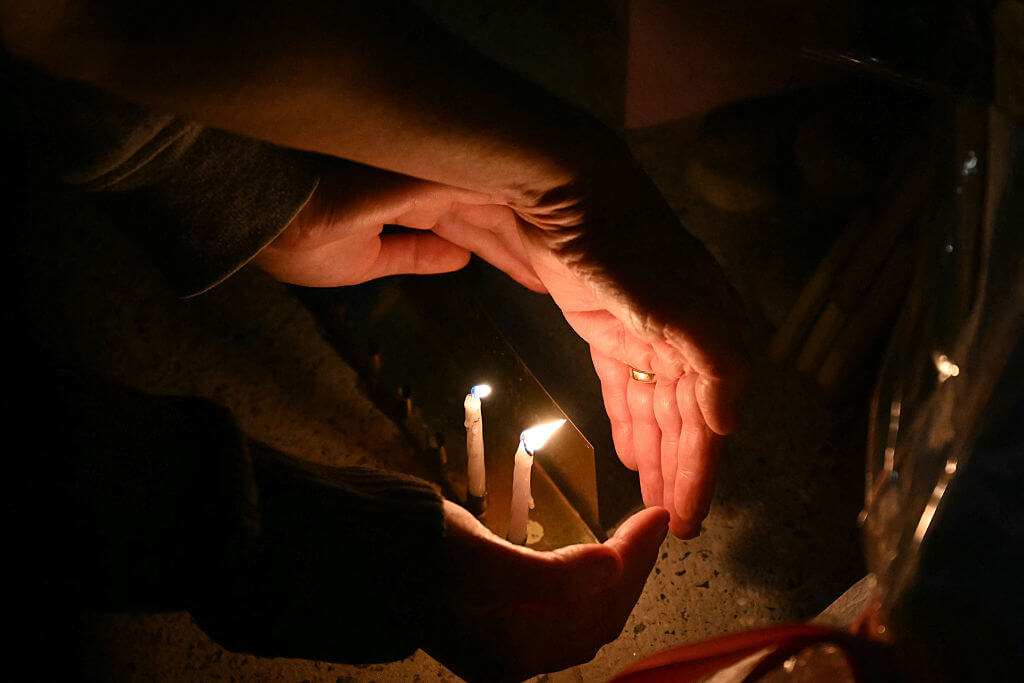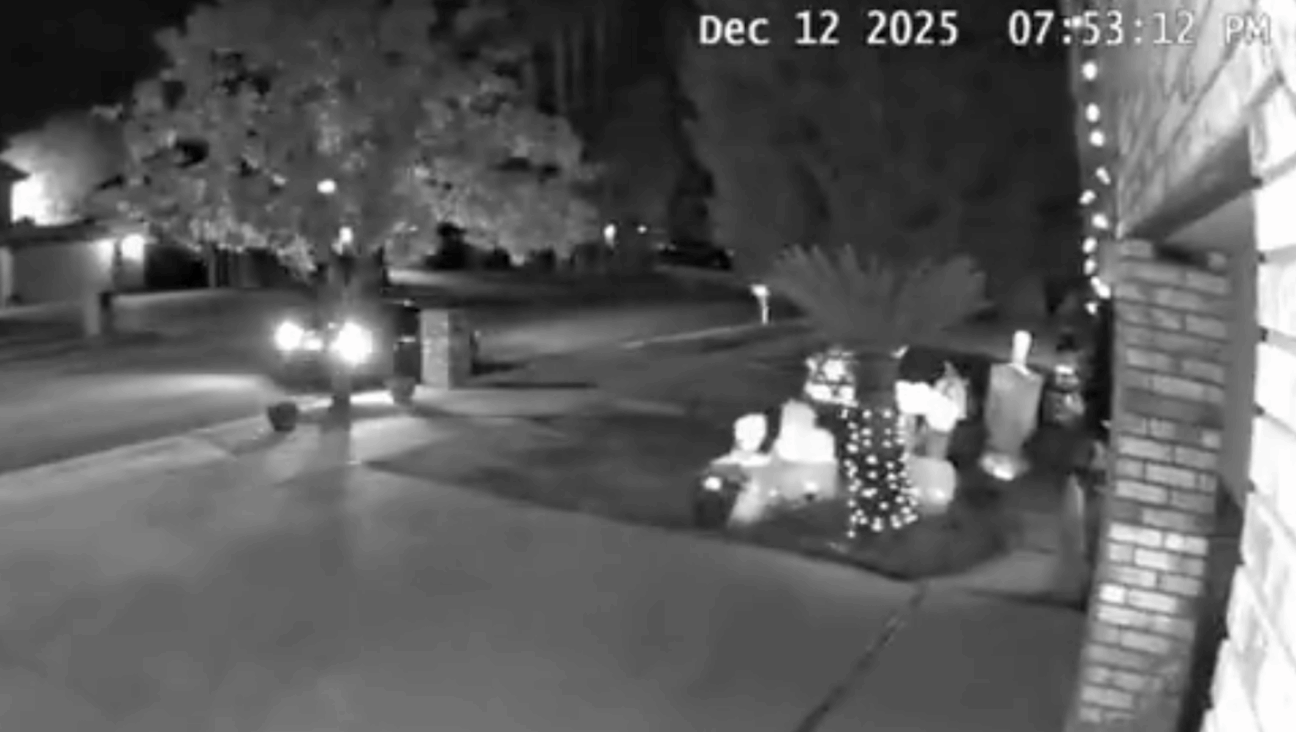Who Owns the Past?
About a million people each year visit the National Archives in Washington, to see the carefully maintained, original Declaration of Independence, United States Constitution and Bill of Rights. So popular are these founding documents that the Archives recently banned visitors from taking photographs and video, lest the fragile 18th century papers be harmed by excessive exposure to light and flash.
There are plenty of copies of the Declaration and the Constitution available in gift shops and stores there and elsewhere, reproduced on yellowed paper, with old-fashioned script. But there is nothing as powerful as viewing the real thing.
In that light, the story by The Forward’s Paul Berger on his search for the original letter from George Washington to the Jews of Newport, R.I., has special resonance. Berger’s interest in the letter’s whereabouts was piqued when he first heard that even eminent historian Jonathan Sarna did not know where it was. Months of research led Berger to a nondescript warehouse in suburban Maryland, where the iconic 1790 letter — famously promising “to bigotry no sanction” — is being held in secure, temperature controlled conditions but away from the human contact it so richly deserves.
It is still not clear why the Morris Morgenstern Foundation, which owns the letter, has not allowed it to be shared with the public in many years, though institutions ranging from the Library of Congress to the new National Museum of American Jewish History have asked, in vain. The content of the letter, its stirring phrases and welcome guarantees, lies in the public domain, but the actual document is personal property, and the Morgenstern Foundation is legally free to do with it what it wants.
But what a loss! When historical documents are privately held, there is the prosaic concern about whether they are properly preserved; indeed, for a time, Morgenstern used to keep Washington’s letter under his bed. The second concern is a deeper, philosophical one that should especially resonate with Jews: The imperative to bear witness, to prove that those words were really written, those guarantees of religious liberty were truly enshrined. We read Torah from a scroll rather than from a mass-produced book for the same reason, to get closer to truth and authenticity.
“There is power in the original document,” says Sarna. “When so much is called into question, you can point to a document and say, ‘Yes, there it is.’”
And doing so helps make history relevant, a daunting challenge these days when technology has compressed time and attention spans. American students are less proficient in their nation’s history than in any other subject, according to just-released national test results, and this damning ignorance has civic consequences that ought to worry us all.
By neglecting to learn about and understand the past, by keeping an essential, dramatic document locked in a warehouse, we make it that much harder to raise the next generation of “good citizens.” That’s the term George Washington used in 1790 when he assured the Newport Jews that the new government gives “to persecution no assistance.” With the original document locked away, however, you’ll just have to take our word for it.















